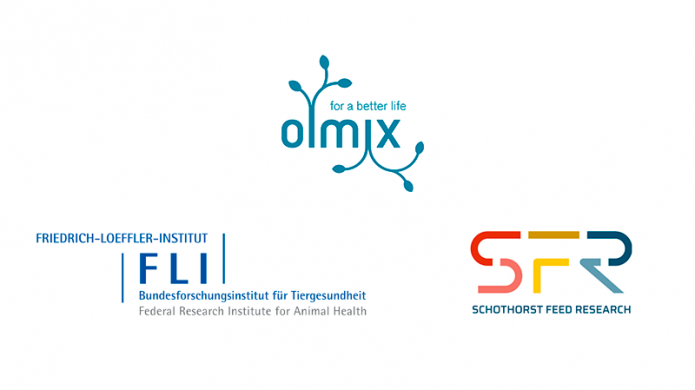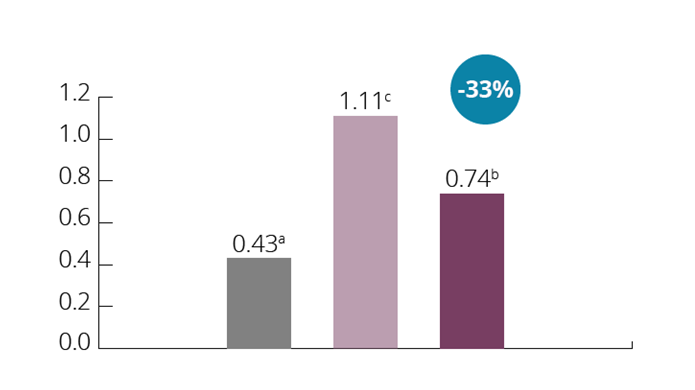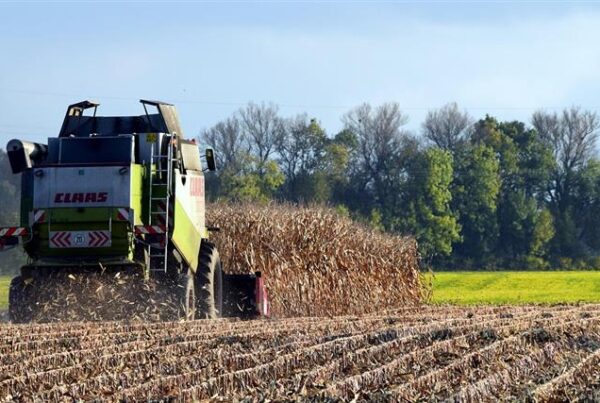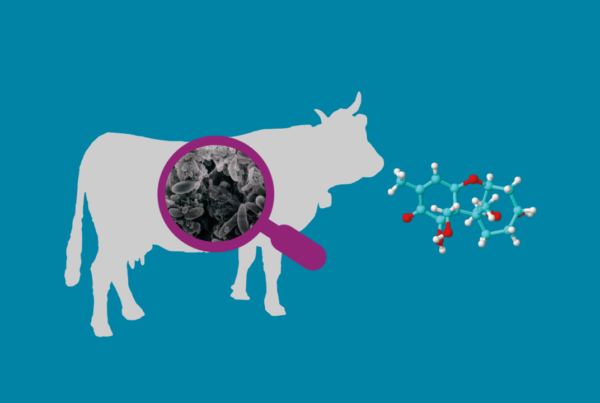New peer-reviewed publication on the transmission of zearalenone (ZEN) and deoxynivalenol (DON) from sows to piglets.
As an expert in mycotoxin management, Olmix collaborated with Schothorst Feed Research center (Netherlands) and the Federal Research Institute for Animal Health (Germany) to study the transmission of zearalenone (ZEN) and (DON) from sows to piglets. In fact, few data on this subject are available, while ZEN and DON are the mycotoxins most commonly found in feed, known to provoke health and performance damage on animals. Moreover, they can be transferred to the milk when fed at high concentrations.
The aim of this new study was to evaluate mycotoxin transfer (ZEN & DON) from sows to piglets with low mycotoxin contamination levels and to evaluate the interest of the in-feed supplementation of the Olmix mycotoxin decontaminant based on Olmix Algoclay technology (combining algae and clay) to protect sows and piglets.

In this study, sow’s feed was contaminated with low (100 ppb) or high (300 ppb) level of ZEN and a low (250 ppb) level of DON, from one week before farrowing until weaning (day 26). Mycotoxin levels were measured in the colostrum and milk as well as in the serum of sows and piglets.
From this study it can be concluded that it is possible to determine levels of ZEN, DON and their derivatives (α-ZEL, β-ZEL and de-DON) in the colostrum and milk from sows even with contamination levels lower than the EU recommendations. Moreover, this study demonstrated that in the presence of Olmix decontaminant, ZEN and DON levels in milk and colostrum are reduced. As expected, the exposure to ZEN and DON at the tested levels did not affect sows and piglets’ performance. Importantly, the Olmix decontaminant did not impair the performance proving that it does not affect the bioavailability of nutrients. Furthermore, after 33 days of mycotoxin exposure, Olmix decontaminant significantly reduced ZEN concentration in the sow’s serum. Finally, Olmix decontaminant reduced ZEN and DON concentrations in the piglet’s serum after 26 days of lactation.
These findings have been published in the peer reviewed journal “Frontiers in Veterinary Science” and prove the efficacy of Olmix decontaminant to protect both sows and piglets from ZEN and DON contamination
Therefore, Olmix decontaminant may avoid impaired performance caused by early mycotoxin exposure of piglets even at low levels of contamination. These results complete the long list of proofs of efficacy for Olmix decontaminant carried out in experimental research institutes against the major mycotoxins found on the field.

Effect of dietary treatments on ZEN levels (ng/ml) in sow’s serum after 33 days of exposure. (Grey = low ZEN; Light purple = High ZEN; Purple = High ZEN + Olmix decontaminant)



